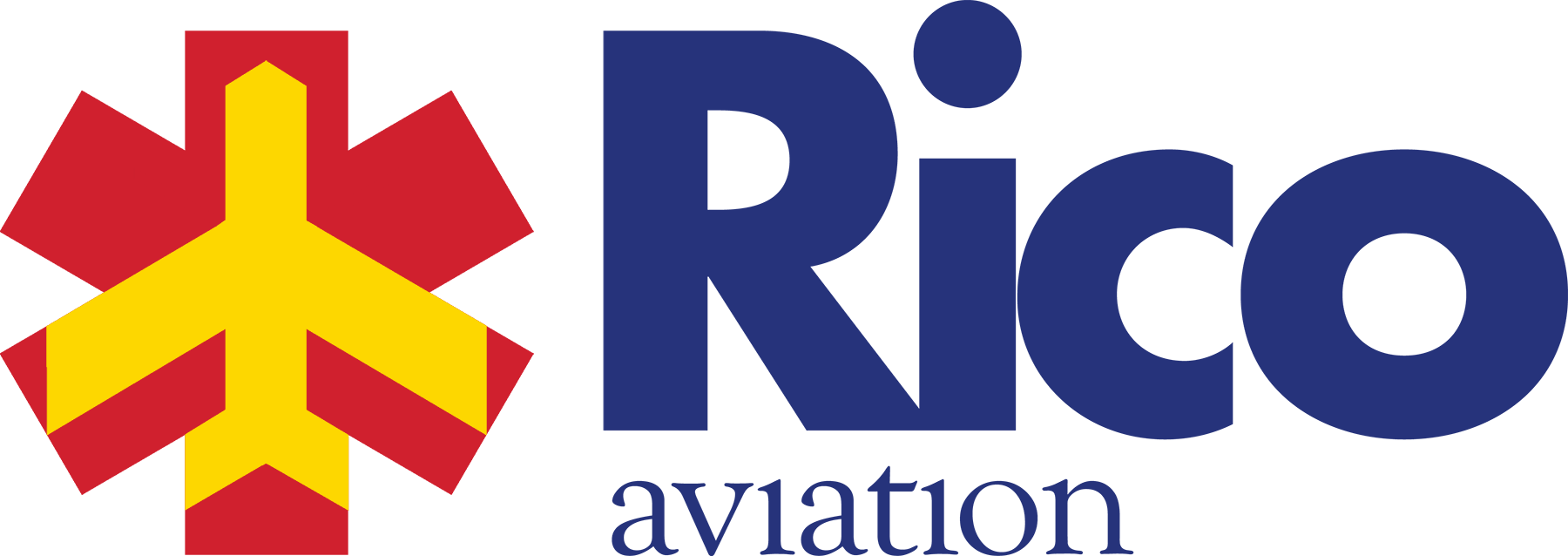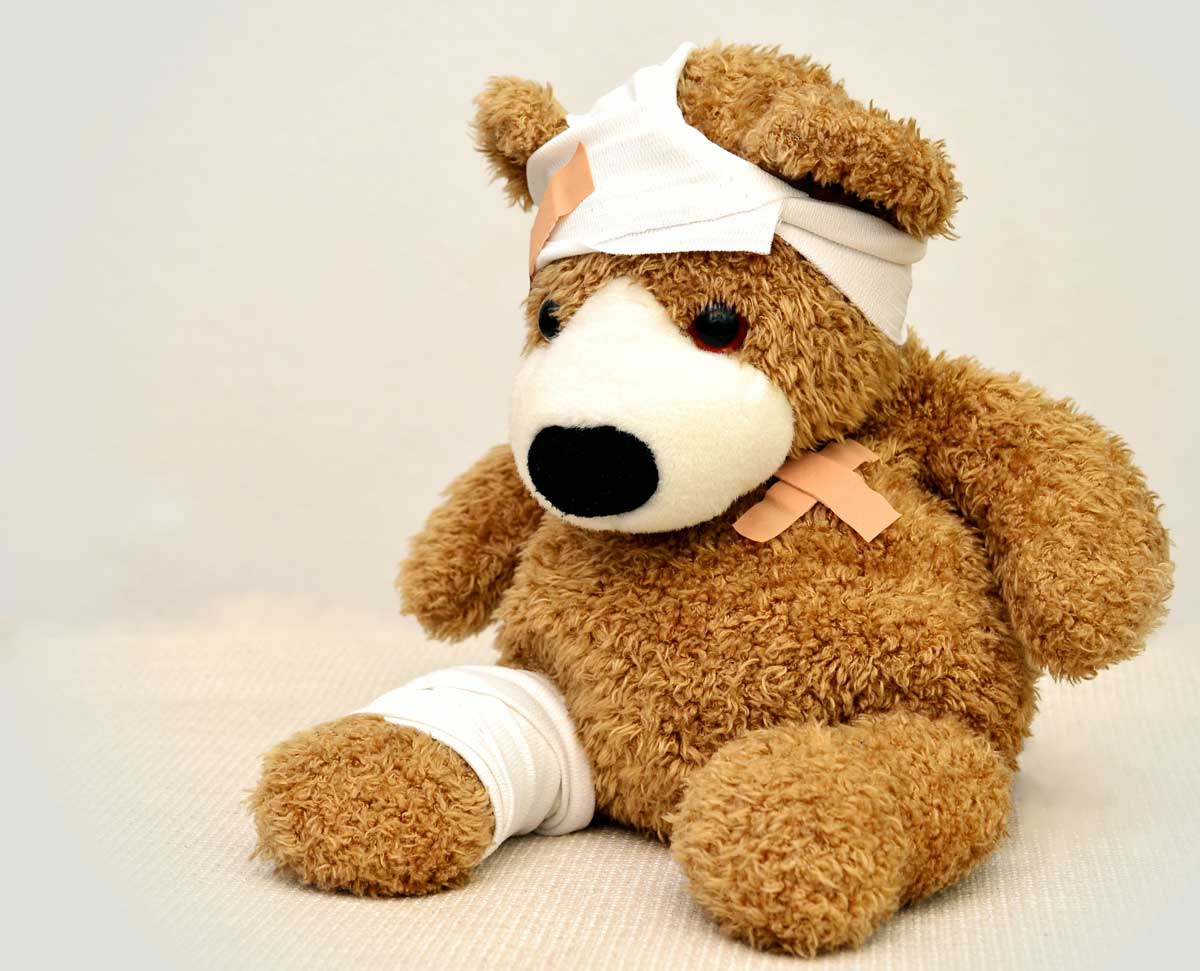Basic First-Aid Practices
Basic first-aid practices are essential skills that you need to know just in case you or a loved one ever finds themselves injured. Proper first-aid training can be the difference between a speedy recovery or a lasting injury. Knowing what do in certain situations is especially critical, as each situation may have a unique way of being handled. Here are some basic tips if you find you or someone else is in trouble.
Lacerations
A laceration is just a fancy name for a cut. The most important first-aid practice with a laceration is to control the bleeding. Failure to do so may result in fainting from blood loss. To control the blood loss, apply gauze to the laceration and apply pressure. If the wound continues to bleed through the gauze, grab more gauze and apply even more pressure. Remember, always call 911 in the event of an emergency or if you need help.
Broken Bones
If you’ve ever broken a bone before, you know that they can be quite painful. When you or someone you know breaks a bone or suspects they have broken a bone, always seek medical care. However, if you’re in a situation where you can’t get to a doctor right away, then you need to stabilize the area that is potentially broken. If you have access to a splint or some form of a splint, you can put the limb in a splint and apply ice to it. If it is the head, neck or back, keep the person as still as you can and call 911 immediately.
Seizure
Seizures can be difficult to detect because the symptoms vary. Not all seizures have the same body-shaking movement that we’re used to seeing in movies and TV shows. While this is possible, a lot of seizures involve minimal body shaking, or change in physical or muscular appearance on or around the face. The person having a seizure may fall to the ground or not know where or how they got to where they are. If you are in a situation where someone around you is having a seizure, it is important to let them seize before offering first aid. If possible, put something soft underneath the head if they are on the ground to prevent head trauma. If not, wait until after the seizure is complete and gently lay him or her down on the ground. If there is an accumulation of spit or foam at the mouth, place them gently on their side to prevent choking until paramedics arrive. Continue to monitor the person, as another seizure may occur.
Additional First Aid Information
If there is ever a situation where you don’t feel comfortable or do not know what to do, always call 911. But if you can, using some of these tips may help reduce the recovery time of the patient or the severity of their injuries. Remember, lacerations always call for gauze or packing agent and pressure. For broken bones, remember to stabilize the break and apply ice to the area if you can. Protecting the head during a seizure is the most significant thing you can do for someone. We encourage everyone to get first-aid certified through red cross.

